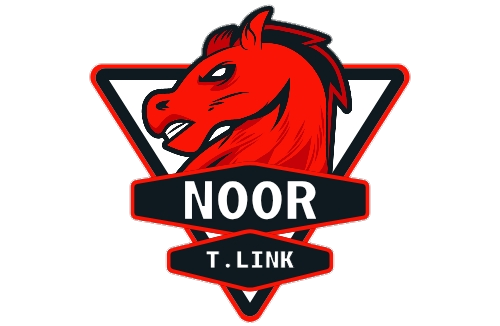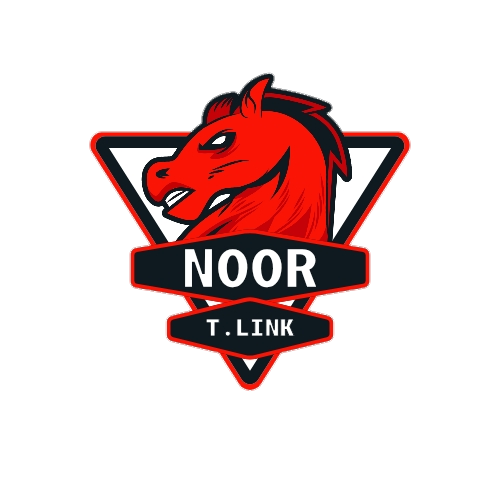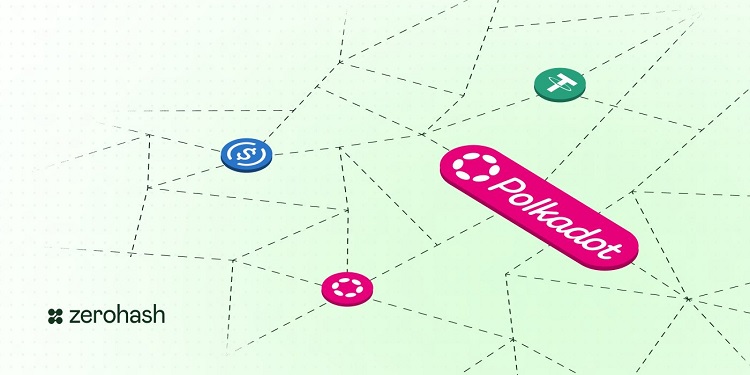Zerohash, a prominent infrastructure provider in the digital asset space, has officially announced the extension of its platform capabilities to include full deposit and withdrawal support for DOT, USDC, and USDT on the Polkadot blockchain. This development marks a significant step in enabling stablecoin and native token accessibility across a widely used blockchain network.
As part of this integration, Zerohash has aligned with Polkadot’s Asset Hub, a dedicated parachain designed to host stablecoins and other fungible digital assets. The collaboration is intended to streamline access for developers and institutions aiming to engage with the Polkadot ecosystem without needing to manage complex blockchain infrastructure or obtain direct regulatory licensing.
Advancing Cross-Chain Interoperability
Polkadot, recognized as a modular Layer 0 blockchain, has been built to facilitate secure, scalable communication across a network of interconnected parachains and rollups. With a strong developer base and a robust on-chain treasury, the platform supports a broad array of decentralized applications, particularly in the areas of DeFi, digital payments, and asset tokenization.
Through this new offering, Zerohash has also introduced support for DOT staking and validator participation, further strengthening Polkadot’s security and network performance. These features are expected to attract more developers and institutions seeking passive yield opportunities and deeper participation in blockchain consensus mechanisms.
Company leadership has explained that the integration delivers a simplified pathway for platforms to launch Polkadot-based products. Zerohash reportedly intends to remove infrastructure burdens by offering a plug-and-play environment, making it easier for platforms to focus on building end-user applications while leveraging Polkadot’s decentralized foundation.
Strengthening the Web3 Stablecoin Ecosystem
Industry observers note that Polkadot is emerging as a key platform for stablecoin adoption within the Web3 landscape. Its ability to host a wide range of interoperable assets, while maintaining high security standards and developer flexibility, positions it as a favorable environment for real-world financial applications.
🚀 We now support DOT, USDC & USDT on @Polkadot Asset Hub
✓ Launch Fast
✓ Stake DOT
✓ Skip infra headaches“@ZeroHashX is a recognized leader in stablecoin infrastructure” – @nicolares28, CEO @v_labs https://t.co/CeMoNIvBzp pic.twitter.com/dR9l0EQjho
— zerohash (@ZeroHashX) June 19, 2025
Executives from Polkadot ecosystem stakeholders have indicated that the partnership with Zerohash was a logical progression. The infrastructure provider’s reputation for simplifying digital asset operations and stablecoin management makes it an ideal collaborator for expanding use cases within the network. The joint effort is expected to unlock new utilities for stablecoins, such as decentralized finance integrations, cross-border payments, and tokenized financial instruments—all operating within a secure and scalable framework.
Building the Foundations for a Collaborative Web3 Future
Polkadot’s underlying design offers an inclusive approach to blockchain development. With its shared security model, transparent governance, and modular architecture, the platform allows builders to deploy custom blockchains without compromising on security or scalability. This has made Polkadot a strategic base layer for some of the most promising blockchain applications under development.
Zerohash’s involvement reinforces the growing institutional interest in Polkadot and highlights the increasing demand for reliable infrastructure providers that can bridge the gap between technical complexity and mainstream usability. As both companies work toward enhancing digital asset accessibility, the expanded functionality is likely to support Polkadot’s long-term goal of becoming a foundational pillar of the decentralized internet.
This strategic move by Zerohash not only broadens access to Polkadot’s ecosystem but also signals a maturing phase in the crypto infrastructure landscape, where user experience and interoperability play a central role in scaling Web3 adoption.



